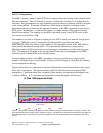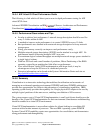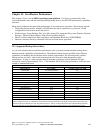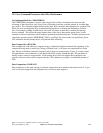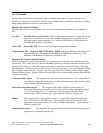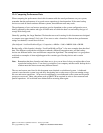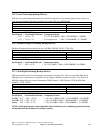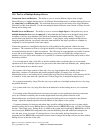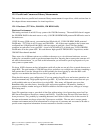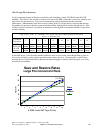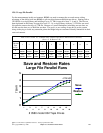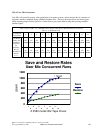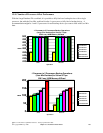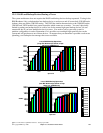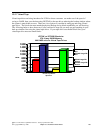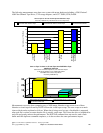
15.9 Parallel and Concurrent Library Measurements
This section discusses parallel and concurrent library measurements for tape drives, while sections later in
this chapter discuss measurements for virtual tape drives.
15.9.1 Hardware (2757 IOAs, 2844 IOPs, 15K RPM DASD)
Hardware Environment.
This testing consisted of an 840 24 way system with 128 GB of memory. The model 840 doesn’t support
the 15K RPM DASD in the main tower so only 4, 18 GB 10K RPM RAID protected DASD units were in
the main tower.
15 PCI-X towers (5094 towers), were attached and filled with 45, 35 GB 15K RPM RAID protected
DASD units. 2757 IOAs in all 15 towers and 2844 IOPs. All of the towers attached to the system were
configured into 8 High Speed Link (HSL) with two towers in each link. One 5704 fiber channel
connector in each tower, or two per HSL. A total of 679 DASD, 675 of which were 35 GB 15K RPM
DASD units all in the system ASP. We used the new high speed ULTRIUM GEN 2 tape drives, model
3580 002 fiber channel attached.
There were a lot of different options we could have chosen to try to view this new hardware, we were
looking for a reasonable system to get the maximum data flow, knowing that at some point someone will
ask what is the maximum. As you look at this information you will need to put it in prospective of your
own system or system needs.
We chose 8 HSLs because our bus information would tell us that we can only flow so much data across a
single HSL. The total number of 3580 002 tape drives we believe we could put on a link was something a
little greater than 2, but the 3rd tape drive would probably be slowed greatly by what the HSL could
support, so to maximize the data flow we chose to put only two on a HSL.
What does this mean to your configuration? If you are running large file save and restore operations we
would recommend only 2 high speed tape drives per HSL. If your data leans more toward user mix you
could probably make use of more drives in a single HSL. How many will depend upon your data.
Remember there are other factors that affect save and restore operations, like memory, number of
processors available, number and type of DASD available to feed those tape drives, and type of storage
IOAs being used.
Large File operations create a great deal of data flow without using a lot of processing power but User
Mix data will need those Processors, memory and DASD. Could the large file tests have been done by
fewer processors? Yes, probably by something between 8 and 16 but in order to also do the user mix in
the same environment we choose to have the 24 processors available. The user mix is a more generic
customer environment and will be informational to a larger set of customers and we wanted to be able to
provide some comparison information for most customers to be able to use here.
IBM i 6.1 Performance Capabilities Reference - January/April/October 2008
© Copyright IBM Corp. 2008 Chapter 15. Save/Restore Performance 249



